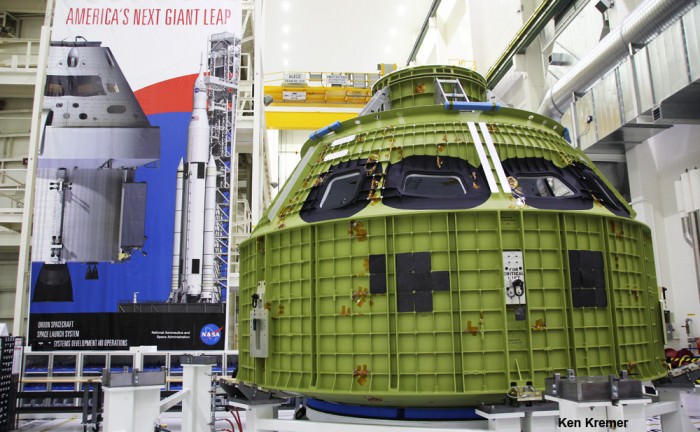
Unveiled today, this is the Crew Module pressure vessel of the Orion spacecraft, a key component now being tested.
Orion is scheduled to be launched in 2018, and will go on an unmanned proving mission that will fly thousands of miles beyond the Moon and back, in a 3 week mission.
Before then, over the next two years there are over 100,000 components to be installed, and that's just in this bit. Over many years, the scientists are of course considering every conceivable issue, testing meticulously and developing/improving as they go along. Like their Apollo predecessors, the spaceflights will only be the final part after many years of exhaustive development and by then the scientists will have considered and planned for a million eventualities, tested them all, and built the final craft and written procedures accordingly.
Orion's first manned flight might be as soon as 2012, though budget cuts are the problem, but sooner or later this is the system that will send men to Mars.
As part of the process, a new launch system is also being developed. Sadly gravity continues to be a pest, but the new SLS (Space Launch System) is also well under development, this will be by some margin the world’s most powerful rocket, and will launch Orion on missions to an asteroid and eventually to Mars, being able to provide enough fuel to allow deep space (well, by solar system standards, that is) travel for bigger craft, and life support for astronauts on long journeys.

I have been to see Space Shuttle launches, but hope to travel to see SLS go up as it will be just an awesome sight and sound. I'd recommend watching a live launch to anyone.



